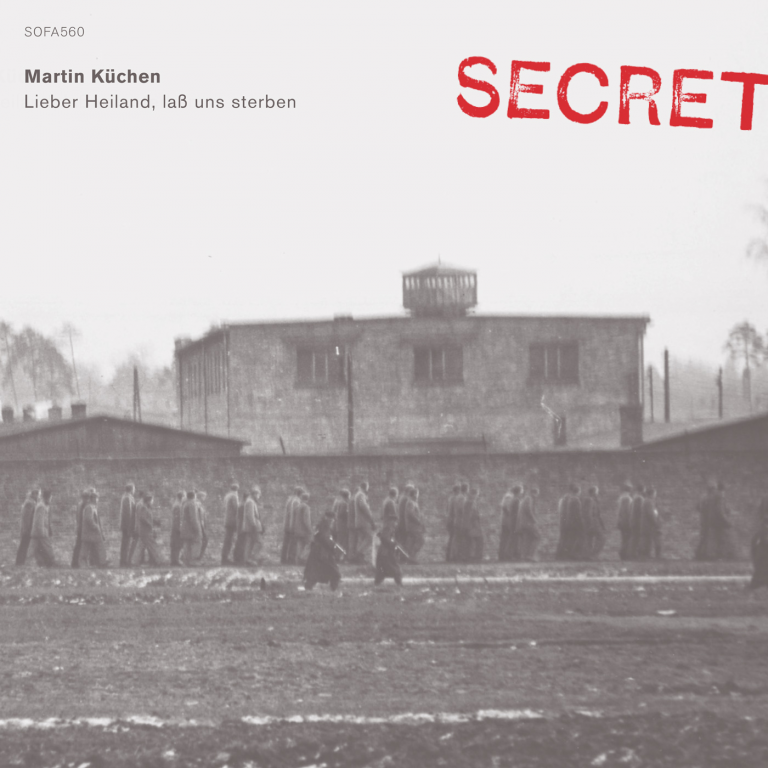
Lieber Heiland, laß uns sterben
Poetry and reality.
The music goes in and out of, and away from, and into again. Reality and poetry. The music is uninterested in genre denominations and ideological markers. Music grows and is shaped by and out of realities, living and artistic. Sound is an audible reflection of you. Even you in silence. And you from sound, from the particular music that invaded your way of life; the ever-increasing global audible pressure chamber in which your spirit falls again and again in a Sisyfonian way ...
Titles, on the other hand, are single-living creatures. Sometimes pointing to other titles, other phenomena, but usually standing entirely solitary, like pillars of stone in a desert, like rocks in a forest area.
Over, under and around, the music is moving and moving unobtrusively.
On Leiber Heiland, Laß uns Sterben historical events intersect right into the contemporary sound making, slit through their titles sharp cuts in our listening present era and pry our eyes towards the seemingly inexplicable backyard of history; which nevertheless created the plateau of disintegration and opportunity that we now seem to live on. At the same time all the sounds on this recording - all the scrunching, the breathing, all the tones, all the composed-processed material - completely and fully give themselves to the listener, escaping all human epithet making and denominations, as the sound becomes manifest, becomes apparent.
This is my wish. To contemplate names and sounds, around music and the name of music.
A couple of measured hours during a wondrous and almost tropical evening in May 2016, Jakob Riis and myself were in the Crypt of the Lund Cathedral, while student orchestras rehearsed with open windows near the old monastery park, birds were screaming and hot spring -high people raved just outside the crypt's small, low windows . The crypt is perhaps Sweden's oldest room still existing.
And precisely in this mysteriously echoing room, we were still in a hair-rasing now, rinsed clean by the music as big and tiny sounds ran in rays along the stone floor from the year 1121 providing some relief.
- Martin Küchen, April 2017
